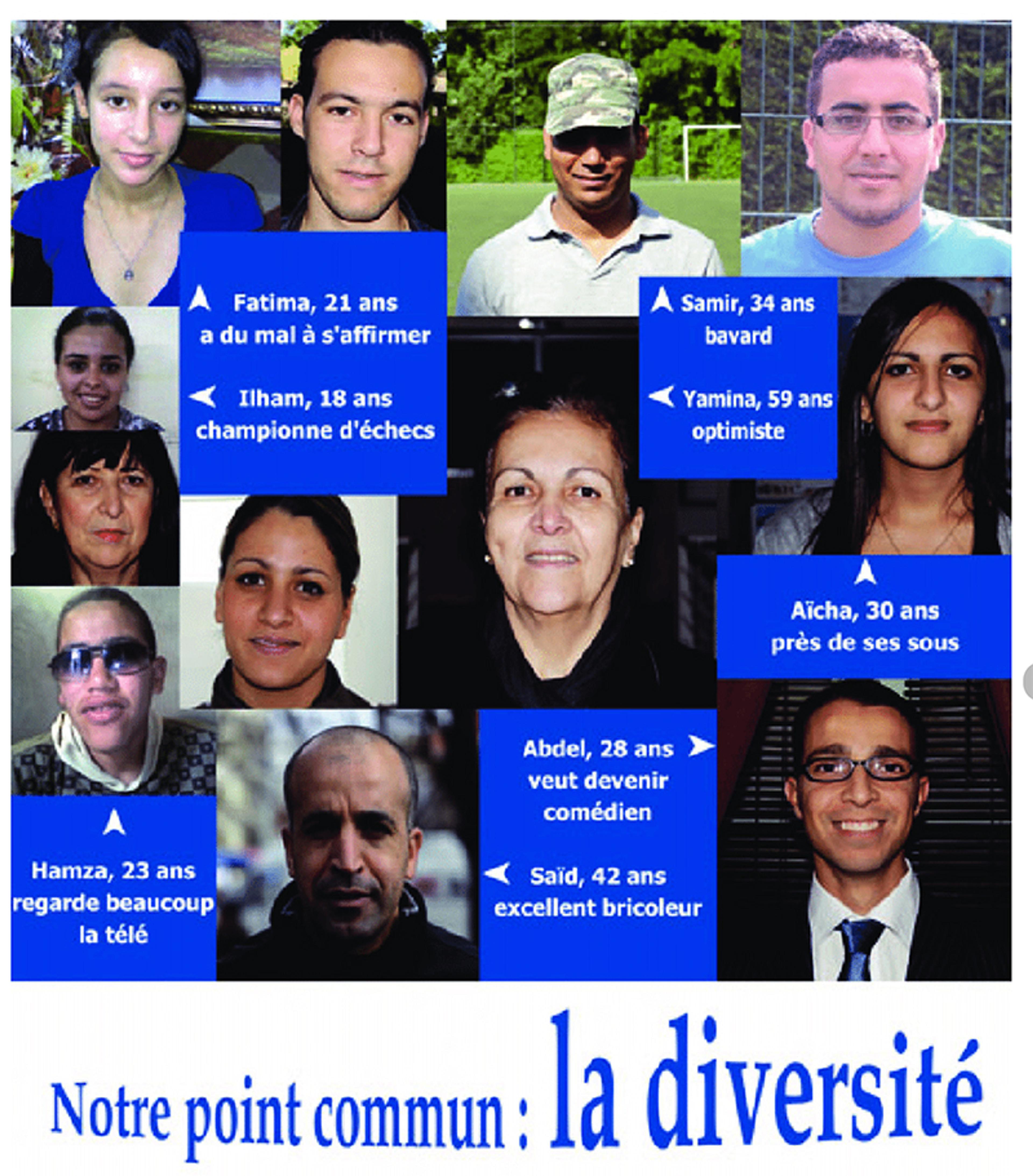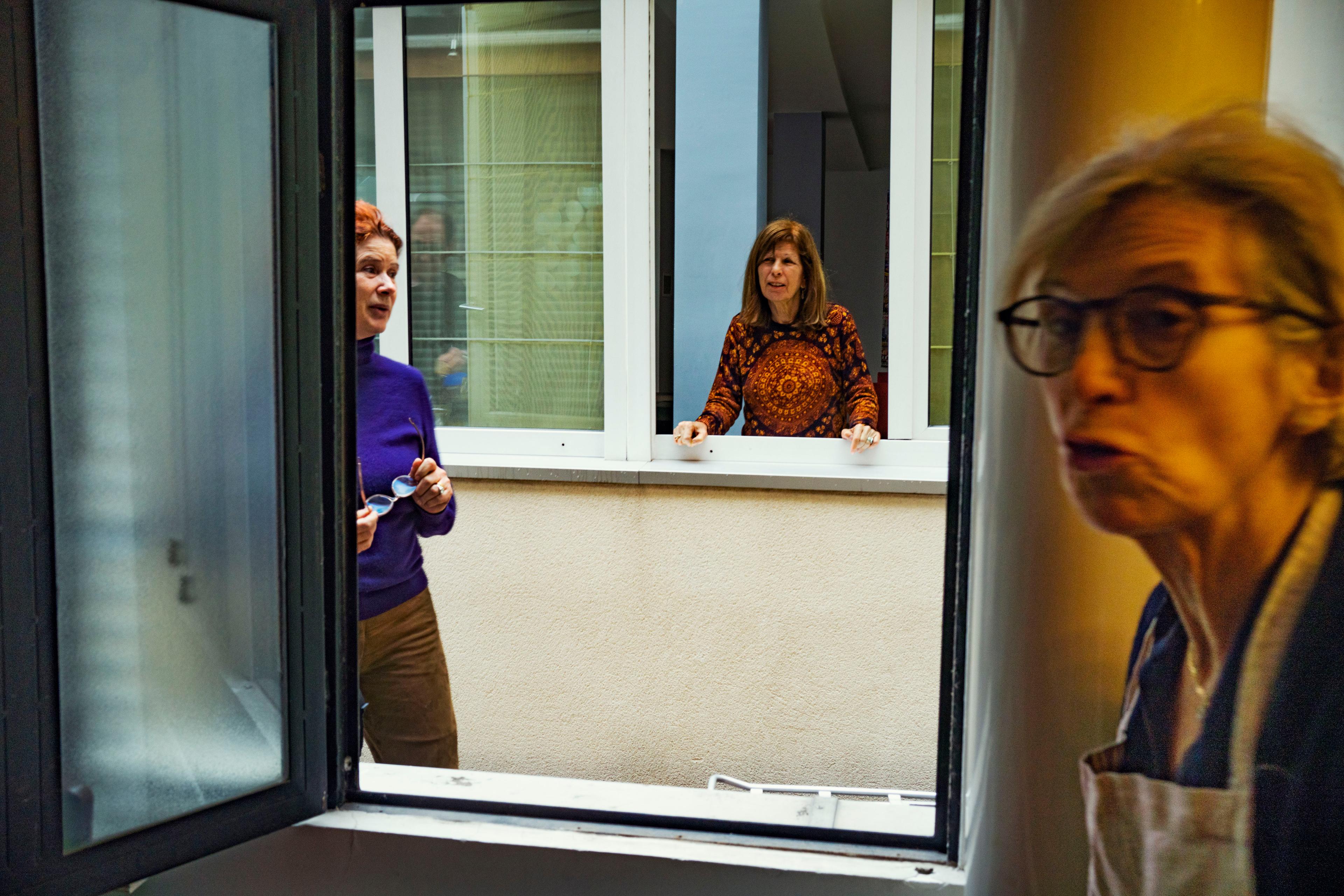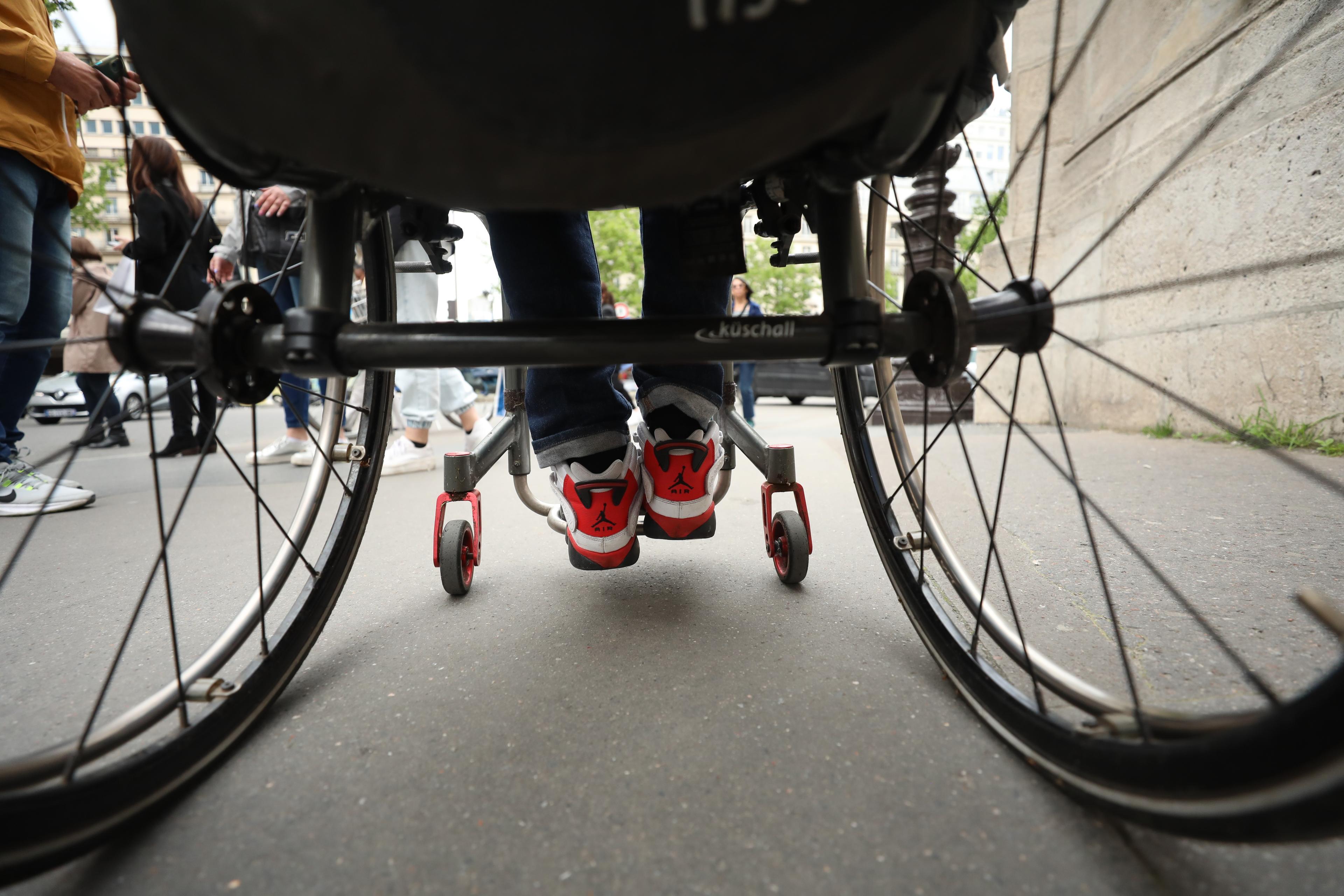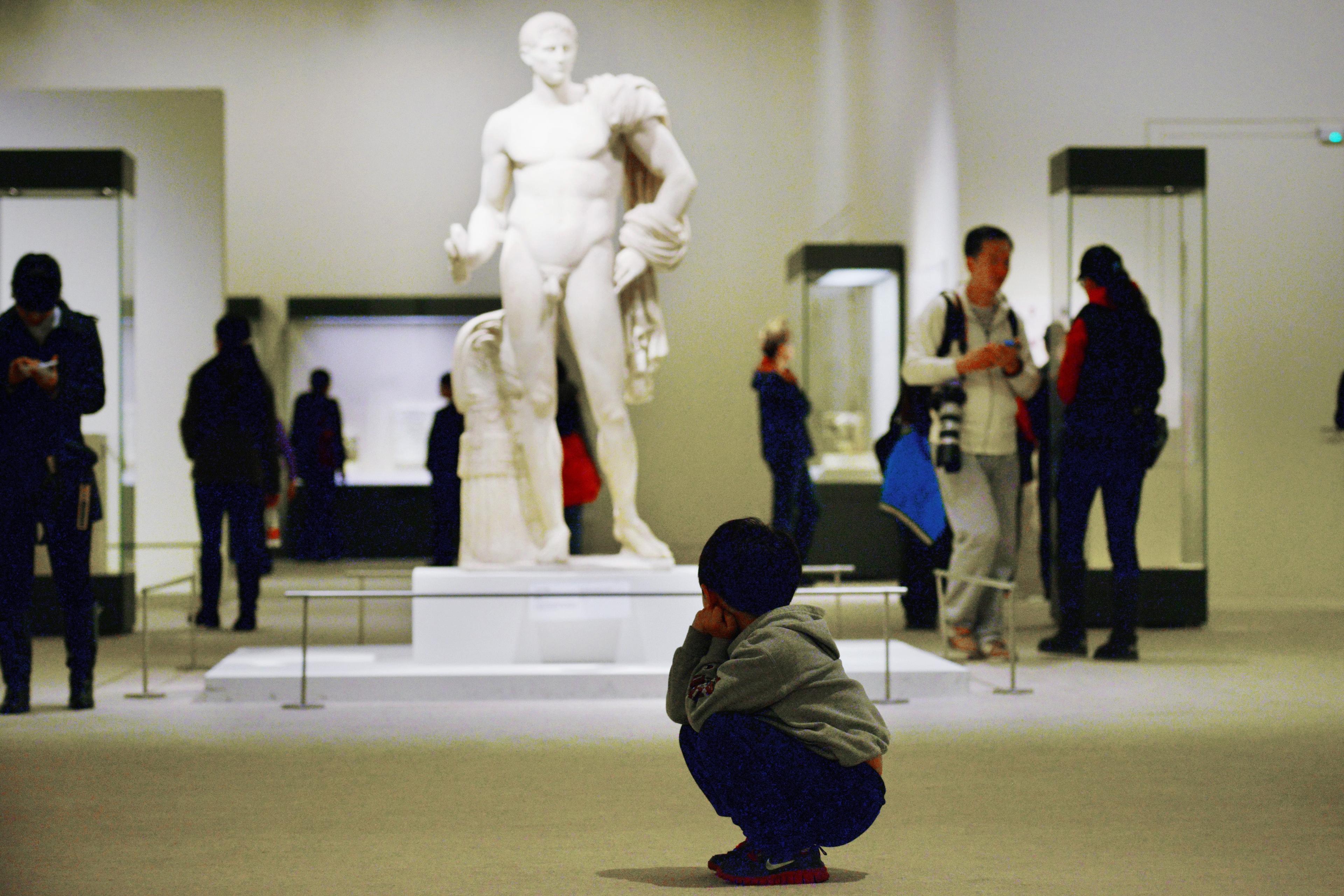The best intentions are not enough to avoid the risk of being prejudiced toward people from another social group – making harmful and unfair assumptions about them. Often, people can form prejudices because of a lack of personal experience with individuals from that other social group. Based on this, many experts and policymakers have proposed that a simple but effective way to reduce prejudice is to encourage and facilitate contact between people from different social groups (an approach known as ‘contact theory’ in the research literature). Indeed, contact theory has inspired a number of diversity and inclusion programmes around the world – you may have participated in one yourself. However, emerging findings in social psychology suggest that contact is far from the only way to tackle prejudice – and, importantly, it might not be the most effective.
Prejudice can manifest in negative attitudes towards groups based on a range of dimensions including race, sex, gender identity, obesity and disability, to name a few. It can appear in many different contexts, from workplaces, to shops, to schools – wherever there are people. You may have heard friends and family express prejudice casually over dinner conversations based on what they might have seen or heard in the media, or been in situations yourself where you’ve had to pause and reflect that your views are prejudiced and unfounded.
When prejudice carries over into decisions on employment, education, access to health services and other consequential situations, it can be severely detrimental. The breadth of prejudice in society, combined with its potential to cause serious negative effects, means that prejudice has substantial costs to individuals and broader society. I am based in Australia, where it has been estimated that racism alone costs AU $37.9 billion (US $25.5 billion) per year.
These costs are largely mental health costs: being subjected to racism increases the risks of anxiety, depression, post-traumatic stress disorder, and other psychological disorders. In turn, this has adverse effects on productivity because poor mental health leads to absenteeism. In Australia, this is the equivalent to more than 3 per cent of annual GDP (and it is likely a similar story in many other countries). Clearly, tackling prejudice in society should be an imperative.
The good news is there are prejudice-reduction interventions that have been proven to work in the real world, including and beyond contact. Many of the studies that have tested these interventions were conducted in school settings, such as primary or secondary schools, with a handful conducted in settings more focused on adults, such as doctors’ offices.
My colleagues and I collated all the findings from these ‘real world’ intervention studies and, on average, we found the interventions to be effective. To give you a sense of the size of these prejudice reductions, imagine people using a feeling thermometer that ranges from 0 (cold feelings towards a group) to 100 (warm feelings towards a group). We found that, on average, if someone rated 40 on the thermometer prior to an intervention (slightly negative feeling towards a group), then after the intervention, their rating was 51, which is neutral feelings towards a group.
This overall result summarises the average outcomes achieved by a suite of different types of anti-prejudice interventions:
- Contact – as mentioned, these interventions are based on the idea that prejudice can be reduced by encouraging members of two different groups to meet.
- Awareness – these are based on the idea that prejudice can be reduced by improving people’s knowledge and understanding of what constitutes prejudice and discrimination; the negative consequences of prejudice; and the errors inherent in stereotypes and other common assumptions about others.
- Categorisation – this approach involves reducing people’s prejudice by changing their own self-categorisation from a more narrowly defined group identity to a broader, more inclusive group.
- Perspective-taking – reducing prejudice by encouraging people to draw parallels between their own experiences and the experiences of those in other groups.
- Social norm – challenging people’s ideas about what is normal and acceptable, such as through community role models who exhibit non-prejudicial attitudes.
- Perceived variability – these interventions work by increasing people’s perception of the variability between individual members of a group.
The most frequently used of these approaches is the first, based on contact theory – adopted by nearly half the studies we identified in our review. A well-known example is the Heineken Worlds Apart campaign, which featured individuals with opposing views meeting, working together on a collaborative activity (constructing furniture), and getting to know each other better – over a beer, of course. The meeting between members of different groups does not just have to be in person. Studies have shown that other forms of contact, such as online chat, or vicariously through knowing someone who has interactions with people from other groups, or even meeting people from other groups through stories and media, can also be effective at reducing prejudice.
Yet our analyses suggest that contact might not be the most effective approach, with the little-explored, novel approach of ‘perceived variability’ having a greater impact on prejudice. Perceived variability reduces prejudice by increasing someone’s perception of variability between individuals within a group, for example by highlighting how members of group are not all the same. According to perceived variability theory, it is harder for a person to dislike a group when they believe that all sorts of people are members of that group.
In one of the first investigations of its kind, the researchers Abdelatif Er-rafiy and Markus Brauer tested the perceived variability approach in France in a series of studies that featured a poster showing 12 Arab individuals, highlighting their name, age and one aspect of their personality or interests, with the strapline: ‘Notre point commun: la diversite’ (what makes us the same is our difference). The researchers placed the poster for two weeks in a few different locations including at a university library and in high-school classrooms.
For instance, at the university library, the poster was placed at the library door and, as people left the library, they were asked questions designed to measure their perception of variability among Arab people and their prejudice toward this group. The questions about variability involved participants giving their view on how similar or dissimilar Arab migrants were on four different traits, while researchers measured their prejudice using the Modern Racism Scale (this involved participants rating their level of agreement with statements such as: ‘The reason that there is so much unemployment in France is because the Arabs take away the work from the French’ and ‘I think that our society is unfair towards Arabs’).

Courtesy Er-Rafiy and Brauer, 2012. www.lacse.fr
Overall, the research showed the posters not only increased the participants’ perceptions of variability but also reduced their prejudice. The same research team tested this approach in physical therapists’ offices and in psychology lab environments, with similar findings.
For a sense of the impact of these perceived variability interventions, if someone started out scoring 40 out of 100 on the thermometer measure of prejudice (ie, a slightly negative feeling towards a group), then after the intervention they would score on average 59 – that is on average 11 per cent higher than for contact-based interventions.
Excitingly, perceived variability interventions also have good ‘scaling potential’ – that is, they can easily be rolled out on a large scale – more so than contact-based interventions. This is because perceived variability interventions are likely to be more acceptable to participants because they don’t require so much active participation. This is an important difference considering that contact-based interventions can make participants anxious, which could put them off taking part altogether, or prevent them completing an intervention. Furthermore, perceived variability interventions are likely to be low-cost to implement given that they lend themselves more easily to scalable print and online media formats. In contrast, contact interventions often require in-person involvement, which can be resource intensive.
Admittedly, we do need more research on perceived variability interventions, to better understand the optimal approach, and particularly in contexts outside of France and for non-ethnicity-based groups. The potential for scaling with perceived variability interventions means they are an excellent candidate for future exploration.
What does this line of research mean for our day-to-day lives? As I reflect on my research, and my own prejudice and biases, I think about the suite of approaches that have been tested in the real world and how I can apply them in my own life in small ways. I try to apply contact theory by meeting new people from different walks of life. I build my awareness of the experiences of minority groups, and the forms and impact of prejudice and discrimination, through reading news from a variety of sources, watching movies, and reading books that challenge my understanding and thinking on these issues. I challenge myself to pause and think about whether I am relying on stereotypes and generalisation rather than acknowledging the diversity and variability within a group. It’s not easy but these small steps are something that I can do, and you can try too, to help tackle prejudice in the real world.








